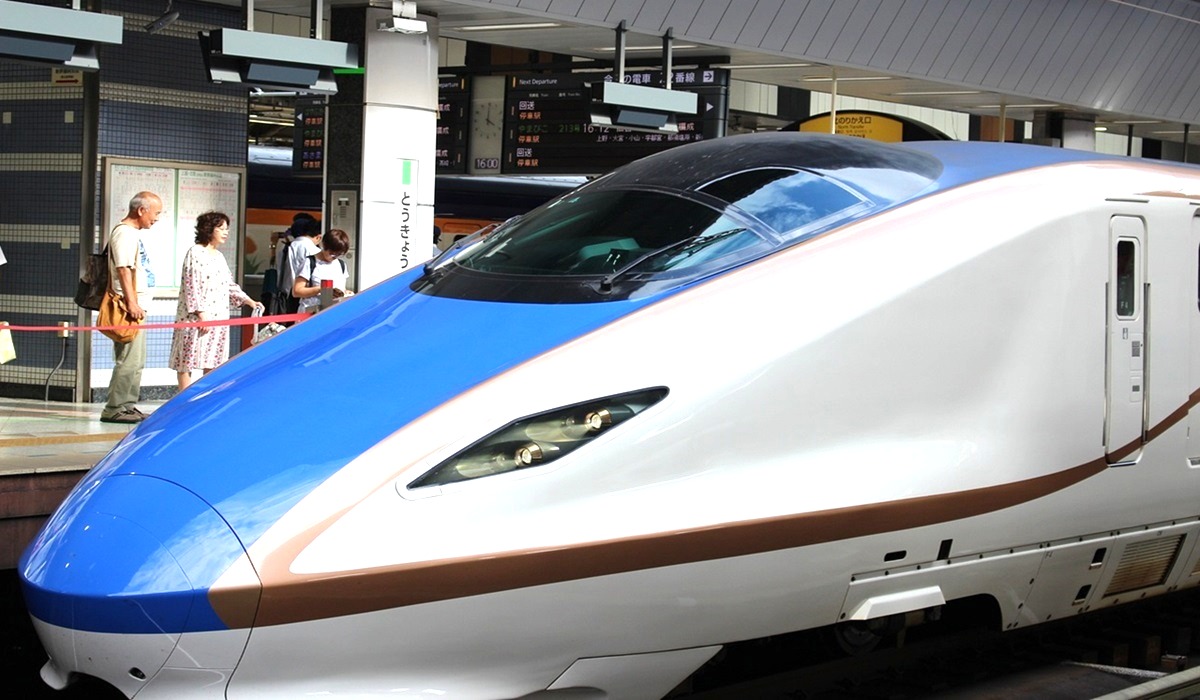Image Credit, Motihada
Amtrak’s recent acquisition of 28 high-speed rail cars has sparked hope for a faster, more efficient rail network in the United States. However, this optimism is tempered by the stark reality that these new cars won’t be operating at high speeds any time soon. The reason? Outdated tracks.
While trains in the U.S. typically chug along at around 120 km/h, this pales in comparison to the high-speed rail systems found in Europe and China. European trains routinely exceed 200 km/h, while asia and China boasts speeds surpassing 400 km/h, with tests inching towards a mind-boggling 800 km/h.
The sluggish progress of high-speed rail in America isn’t limited to just Amtrak. Canada, its neighbor to the north, also lacks high-speed rail infrastructure altogether. Even recent investments, such as Winnipeg’s costly rapid transit project, have drawn criticism for their limited scope and high price tags. The Canadian city’s rapid transit system, which was a solution for urban congestion, falls short of true high-speed connectivity, with a mere dedicated bus lane serving a fraction of the city’s needs, to the tune of hundreds of millions of tax payer dollars.
What’s particularly galling for many observers is the disparity in investment between North America and other regions. While North American projects struggle to get off the ground, countries elsewhere are forging ahead with expansive high-speed networks that span entire nations. These networks don’t just connect city centers; they traverse vast distances, linking coastlines and facilitating efficient cross-country travel.
The root of America’s high-speed rail conundrum lies in a complex web of factors, including funding priorities, political will, and infrastructural challenges. While other countries have made high-speed rail a national priority, America has yet to fully commit to such a vision.
As debates over infrastructure spending continue to dominate political discourse, proponents of high-speed rail argue that investing in modern rail systems isn’t just about speed; it’s about creating sustainable, efficient transportation networks that benefit both citizens and the environment.
However, until America addresses the systemic issues hindering the development of high-speed rail, the dream of zipping across the country at lightning speed will remain just that—a dream.









